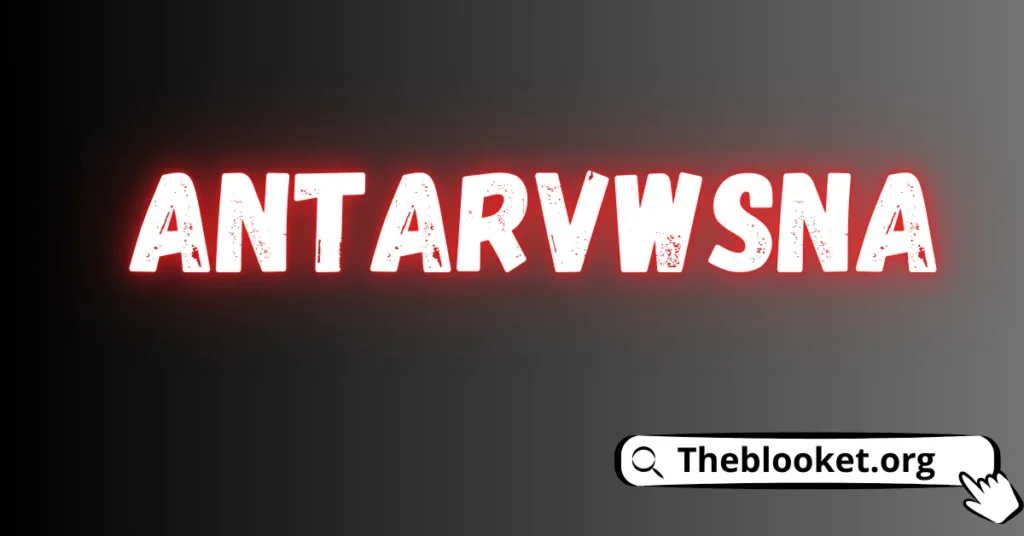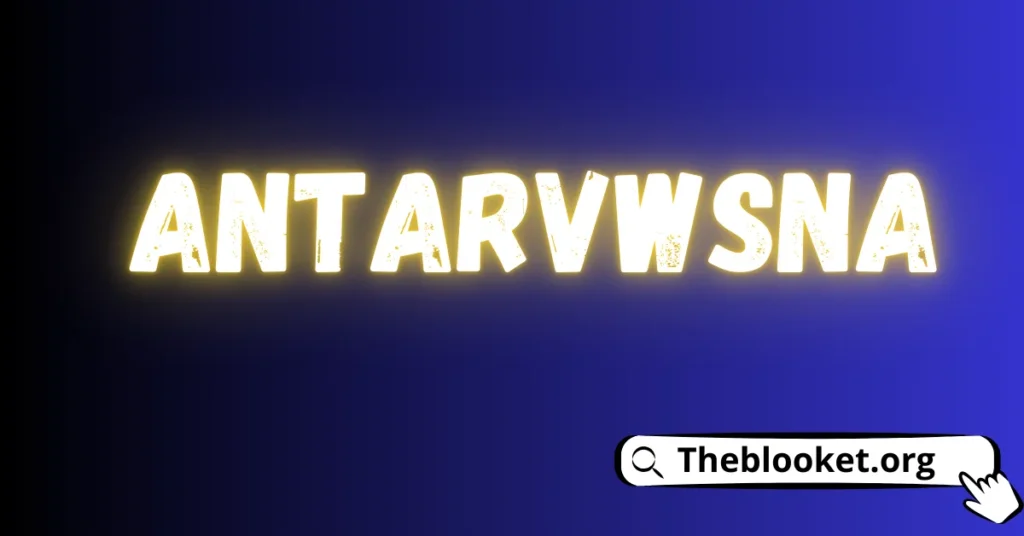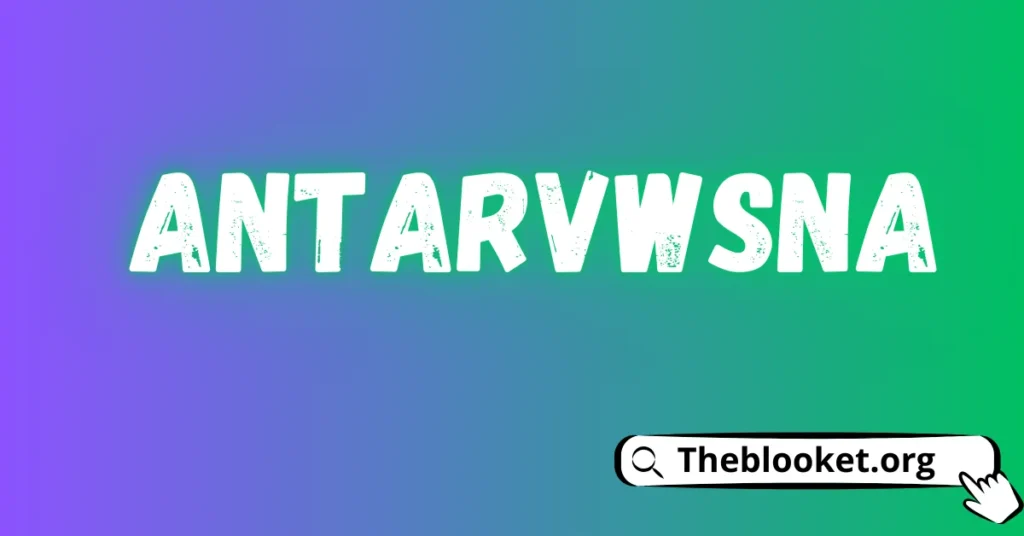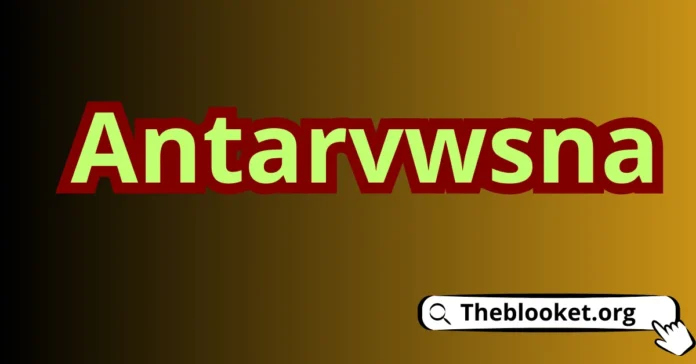Introduction
In the intricate internet of human communique, the interview stands proud as a fundamental device for discovering truths, sharing testimonies, and making knowledgeable choices. Known in Greek as antarvwsna (ανταρβώσνα), the time encapsulates the exercise of carrying out a dependent speech where questions are requested and solutions are given. This ancient artwork has evolved to end up a cornerstone in various fields such as journalism, studies, human sources, and counseling. Antarvwsna plays a critical function in our day-by-day lives, whether we’re searching to apprehend a person’s non-public journey, evaluating a potential employee, or accomplishing a scientific take a look at. The potential to conduct an effective interview not simplest calls for a set of competencies however also an know-how of its various paperwork and functions. This article explores the significance, kinds, strategies, and challenges of interviews, losing mild on how they help us connect, analyze, and grow in an increasingly complicated global.
What is Antarvwsna?

Antarvwsna, derived from the Greek word for interview (ανταρβώσνα), refers to the exercise of carrying out established dialogues to collect facts, recognize perspectives, and make knowledgeable choices. This approach of communique is pivotal in numerous fields, which include journalism, research, human resources, and counseling. Interviews, as a form of antarvwsna, enable interviewers to collect firsthand facts, verify the suitability of candidates, advantage insights into distinct viewpoints, and build consideration with interviewees. The period encompasses various styles of interviews, which include dependent, unstructured, semi-structured, behavioral, and panel interviews, every serving wonderful functions and contexts.
The Importance of Antarvwsna
- Information Gathering: Interviews serve as a number one supply of firsthand records. Journalists use interviews to uncover memories and insights without delay from assets, researchers accumulate information from members to support their research, and hiring managers study candidates’ reviews and qualifications.
- Decision Making: In the recruitment procedure, interviews are crucial for assessing applicants’ suitability for a role. By asking focused questions, employers can examine abilities, enjoy, and cultural healthy, making more informed hiring selections.
- Understanding Perspectives: Antarvwsna allows interviewers to delve into the mind, emotions, and reports of people. This is specifically crucial in fields like counseling, in which understanding a client’s perspective is fundamental to offering powerful assistance, or in journalism, in which capturing numerous viewpoints can enhance the depth and stability of a story.
- Building Relationships: Conducting interviews can assist build belief and rapport between the interviewer and interviewee. A respectful and engaging interview manner can give a nice impression, fostering ongoing relationships and collaboration.
- Enhancing Communication Skills: For both interviewers and interviewees, the exercise of antarvwsna hones vital communication skills. Interviewers increase lively listening, essential questioning, and wondering strategies, whilst interviewees learn to articulate their thoughts and experiences genuinely and expectantly.
- Documentation and Record Keeping: Interviews frequently serve as a documented report of conversations, which can be referenced inside the destiny for various functions, together with verifying statistics, helping research findings, or presenting prison evidence.
Types of Antarvwsna

Structured Interviews
- Description: These interviews comply with a strict format with a predetermined set of questions requested in the equal order to every interviewee.
- Usage: Common in research and activity interviews to make certain consistency and comparison of responses.
- Advantages: Provides dependable statistics that can be without problems analyzed and as compared throughout distinctive respondents.
Unstructured Interviews
- Description: These interviews are more bendy and open-ended, taking into account a loose-flowing communication without a fixed layout.
- Usage: Often utilized in qualitative research, journalism, and exploratory research.
- Advantages: Encourages certain and in-intensity responses, permitting interviewees to specify themselves freely.
Semi-Structured Interviews
- Description: Combining factors of both dependent and unstructured interviews, these feature a mixture of predetermined questions and the ability to explore subjects that get up at some point in the communication.
- Usage: Suitable for research, educational studies, and expert interviews in which some shape is needed however flexibility is likewise vital.
- Advantages: Balances the want for consistency with the possibility of probing deeper into exciting or surprising areas.
Behavioral Interviews
- Description: Focused on past behavior and reports, these interviews’ intention to are expecting destiny performance based on how interviewees have dealt with conditions in the beyond.
- Usage: Commonly utilized in job interviews to evaluate applicants’ abilities, capabilities, and in shape for a function.
- Advantages: Helps employers compare how a candidate might perform in particular situations based on their past conduct.
Panel Interviews
- Description: Conducted with the aid of a couple of interviewers, panel interviews contain a collection of interviewers asking inquiries to a unmarried interviewee.
- Usage: Frequently used in instructional, corporate, and public zone task interviews.
- Advantages: Allows for numerous views and reduces individual interviewer bias, as multiple viewpoints are taken into consideration inside the evaluation procedure.
Group Interviews
- Description: Multiple candidates are interviewed concurrently, both with the aid of a unmarried interviewer or a panel.
- Usage: Often used in excessive-quantity hiring conditions or to take a look at how candidates engage in a group putting.
- Advantages: Efficient for screening large numbers of candidates and assessing interpersonal and communication skills.
Telephone and Video Interviews
- Description: Conducted remotely via cellphone or video conferencing tools, these interviews provide an opportunity to in-individual conferences.
- Usage: Useful for preliminary screenings, remote positions, or situations wherein face-to-face meetings are impractical.
- Advantages: Cost-powerful, handy, and may be scheduled flexibly.
Case Interviews
- Description: Interviewees are presented with an enterprise state of affairs or hassle to resolve, frequently utilized in consulting and finance industries.
- Usage: Assess analytical and problem-solving talents, in addition to how applicants approach complicated demanding situations.
- Advantages: Provides insight right into a candidate’s thought process, creativity, and capability to deal with actual-world business conditions.
Techniques for Effective Antarvwsna

- Preparation: Thorough practice is the inspiration for a hit interview. Research the interviewee and the subject significantly. Prepare a listing of applicable questions and anticipate feasible responses. This groundwork will assist you steer the communique efficiently and make certain that you cover all vital areas.
- Active Listening: Effective interviewing is going past asking questions; it entails listening attentively to the interviewee’s responses. Show authentic hobby, maintain eye touch, and use body language to carry engagement. Active listening helps you recognize the interviewee’s perspective and form follow-up questions that delve deeper into the subject.
- Open-Ended Questions: Craft questions that encourage particular and expansive solutions. Open-ended questions, inclusive of Can you describe your revel in with…? or How did you cope with…? prompt interviewees to proportion extra information and offer richer insights compared to sure-or-no questions.
- Follow-Up Questions: Be prepared to invite observe-up questions primarily based on the interviewee’s responses. This technique allows you to discover interesting factors further and make clear any ambiguities. It demonstrates your attentiveness and may result in surprising and precious insights.
- Neutral Stance: Maintain a impartial and objective stance during the interview. Avoid main questions or expressing personal reviews that could have an effect on the interviewee’s responses. This ensures that the data amassed is independent and true.
- Creating a Comfortable Environment: Establish a rapport with the interviewee to lead them to sense relaxed. Start with light, non-threatening questions earlier than shifting directly to more challenging topics. A snug interviewee is more likely to open up and offer sincere, thoughtful solutions.
- Time Management: Be mindful of the interview’s length and pace. Ensure that you cowl all important subjects inside the allocated time even as permitting sufficient flexibility for deeper exploration of key factors. Avoid speeding through questions or lingering too long on anyone topic.
- Recording and Note-Taking: If appropriate, report the interview to seize each detail appropriately. Additionally, take notes throughout the communication to focus on crucial factors and jot down any follow-up questions. Always ask for the interviewee’s consent earlier than recording.
- Clarification and Summarization: Periodically summarize the interviewee’s responses to make sure know-how and accuracy. This technique additionally gives the interviewee an possibility to clarify or amplify on their answers.
- Ending on a Positive Note: Conclude the interview on an advantageous be aware through thanking the interviewee for their time and insights. Summarize the important thing takeaways and explain how the facts can be used. This leaves a very good influence and opens the door for destiny interactions.
Challenges in Antarvwsna
- Bias: Both interviewer and interviewee biases may have an effect at the accuracy and objectivity of the interview.
- Nervousness: Interviewees might also additionally experience worrying or uncomfortable, which may impact their responses.
- Miscommunication: Misunderstandings can stand up because of differences in language, subculture, or context.
- Time Constraints: Limited time can restrict the intensity and breadth of the interview.
Conclusion
Antarvwsna, or the artwork of carrying out interviews, stands as a critical exercise throughout numerous domain names, bridging the gap between information and expertise. By permitting established and significant conversations, interviews facilitate the collection of precious insights, whether or not for journalistic storytelling, research purposes, or human aid evaluations. Mastery of this practice involves now not handiest powerful thinking and energetic listening but also an appreciation for the distinct kinds of interviews and the demanding situations they gift. As a fundamental tool for accumulating facts and fostering connections, antarvwsna keeps playing a critical function in shaping our expertise of the arena and the people inside it.



